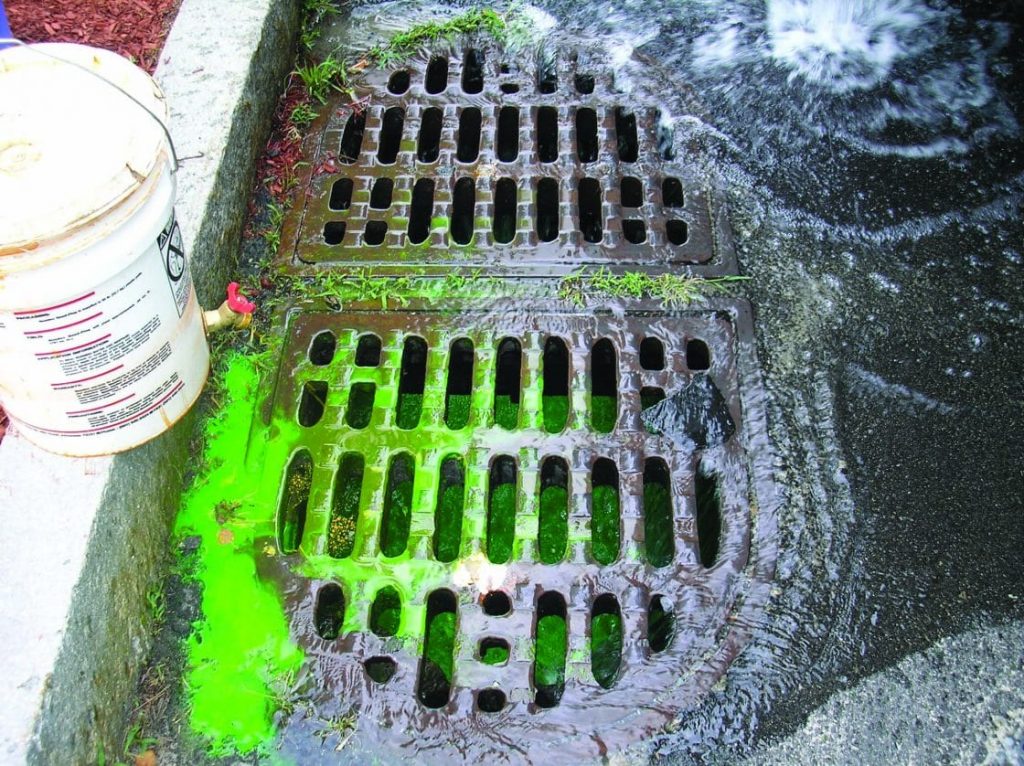Infiltration and Inflow Studies
Tata & Howard is skilled at helping communities with excessive Infiltration & Inflow (I/I) to develop and implement long-term solutions for its removal.

Sanitary sewer systems are designed to convey wastewater from residences and businesses to a treatment facility. However leaking pipes and manholes, as well as illegal connections, can allow groundwater and stormwater into the sanitary sewer system. These sources of relatively clean water are referred to as I/I. Excessive I/I places a burden on both the sewer system and the wastewater treatment facility. This additional volume of water often results in sewer system overflows (SSO) or partially treated wastewater being discharged from the treatment facility.
We generally suggest a four step process for identifying and correcting I/I problems. The first step is to determine the overall extent of the problem by dividing the system into sub-basins. Flow recording instruments are then installed in select manholes to monitor the volume of wastewater that flows from each sub-basin during periods of dry weather and then again during periods of wet weather. This data is then carefully evaluated to determine which sub-basins merit additional scrutiny. The next step includes physical inspections of the system including manhole inspections, televised inspection of pipes, dye testing, smoke testing, and house to house inspections. These inspections will lead to the preparation of a priority list for rehabilitation of the sewer system to reduce the I/I. The actual rehabilitation methods can range from repair of individual pipe joints and manholes to complete replacement of components of the system. Tata & Howard has experience with all the state-of-the-art methods of rehabilitation, including cured-in-place liners and pipe bursting.

